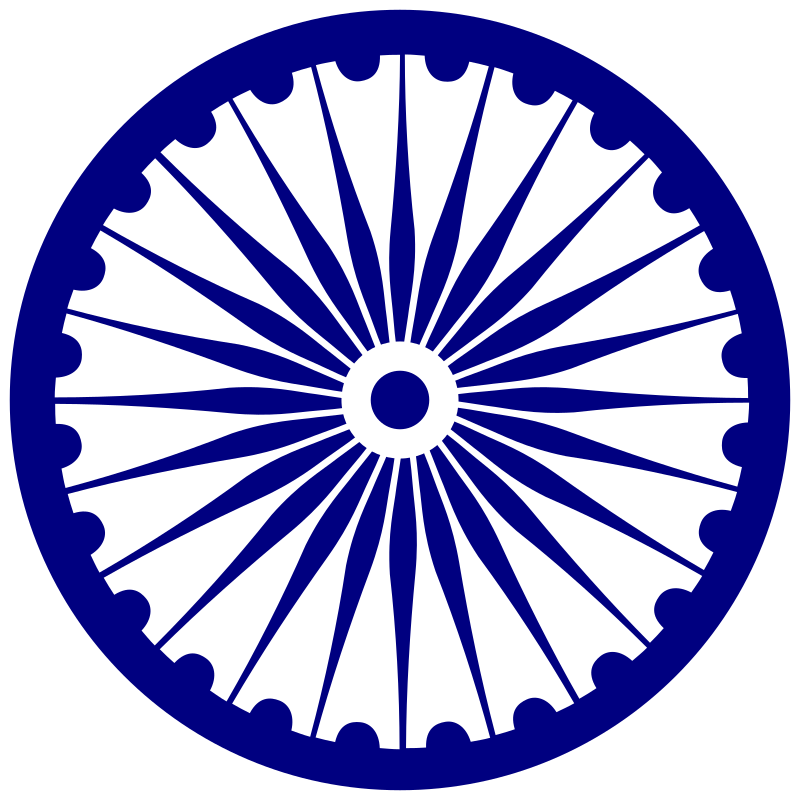Introduction
In the heart of India’s national flag lies a powerful symbol that encapsulates the nation’s spirit and ideals – the Ashoka Chakra. Derived from the Ashoka Pillar, an ancient Indian monument, this emblem holds deep significance and resonates with values of righteousness, unity, and progress. This blog takes you on a journey through the history, symbolism, and relevance of the Ashoka Chakra, an emblem that has become an enduring representation of India’s strength and courage.

Historical Roots
The Ashoka Chakra finds its origins in the Ashoka Pillar, erected by the great Mauryan Emperor Ashoka during the 3rd century BCE. This pillar, originally situated at Sarnath, bears an intricately designed wheel with 24 spokes. Each spoke represents one of the qualities or virtues that Ashoka believed should guide governance and personal conduct, including compassion, honesty, and tolerance.
Symbolism and Design
The Ashoka Chakra, as seen on the Indian flag, consists of a navy-blue circular base with 24 spokes radiating from the center. The circular shape signifies the eternal cycle of life, death, and rebirth, echoing the ancient Indian philosophy of continuous renewal.
The 24 spokes stand for the twenty-four hours of the day, reminding us that time is constant and should be used wisely. Additionally, they represent the constant motion and progress, signifying the spirit of growth and advancement.
The Dharma Wheel
The Ashoka Chakra is also known as the Dharma Chakra, which translates to the “Wheel of Dharma” or “Wheel of Righteousness.” This term originates from the teachings of Buddha, where “Dharma” signifies the path to righteousness and enlightenment. This association emphasizes the ideals of justice, compassion, and ethical conduct that underlie the Indian ethos.

Conclusion
The Ashoka Chakra, with its rich history, symbolism, and timeless message, stands as a beacon of strength, courage, and unity for the Indian people. From the ancient teachings of Emperor Ashoka to its embodiment in the national flag, this emblem represents the unbreakable spirit of a nation that aspires to balance progress with principles, and unity with diversity. Just as the wheel of the chakra turns, India continues to evolve, drawing inspiration from its past while embracing the challenges and opportunities of the future.
